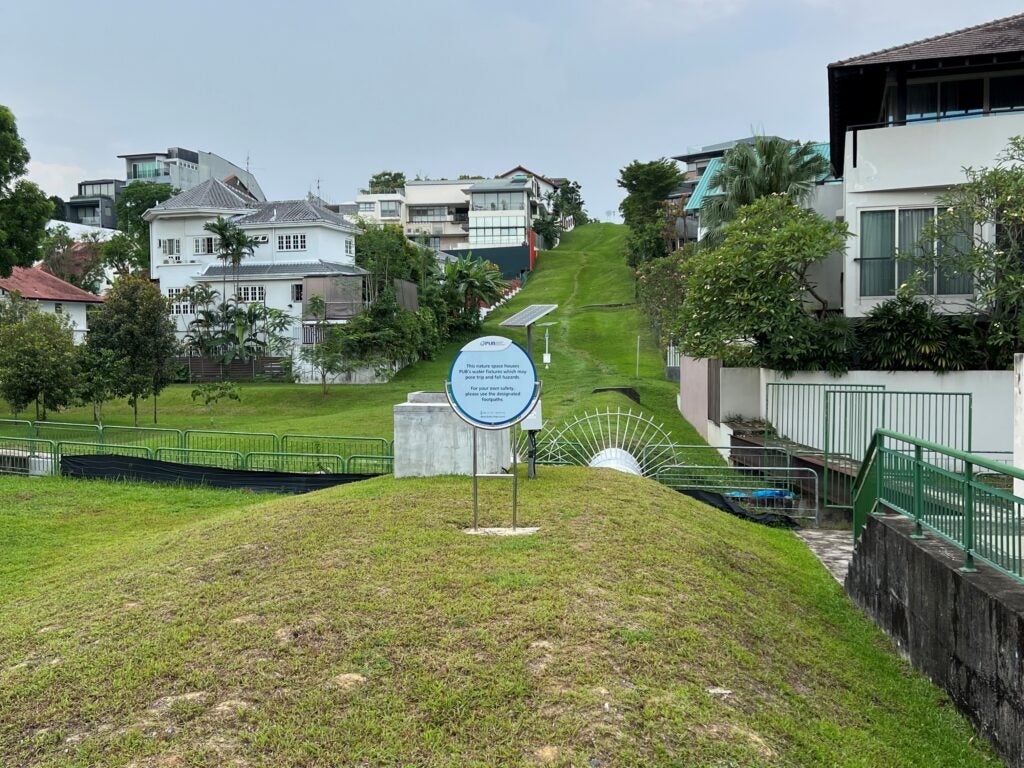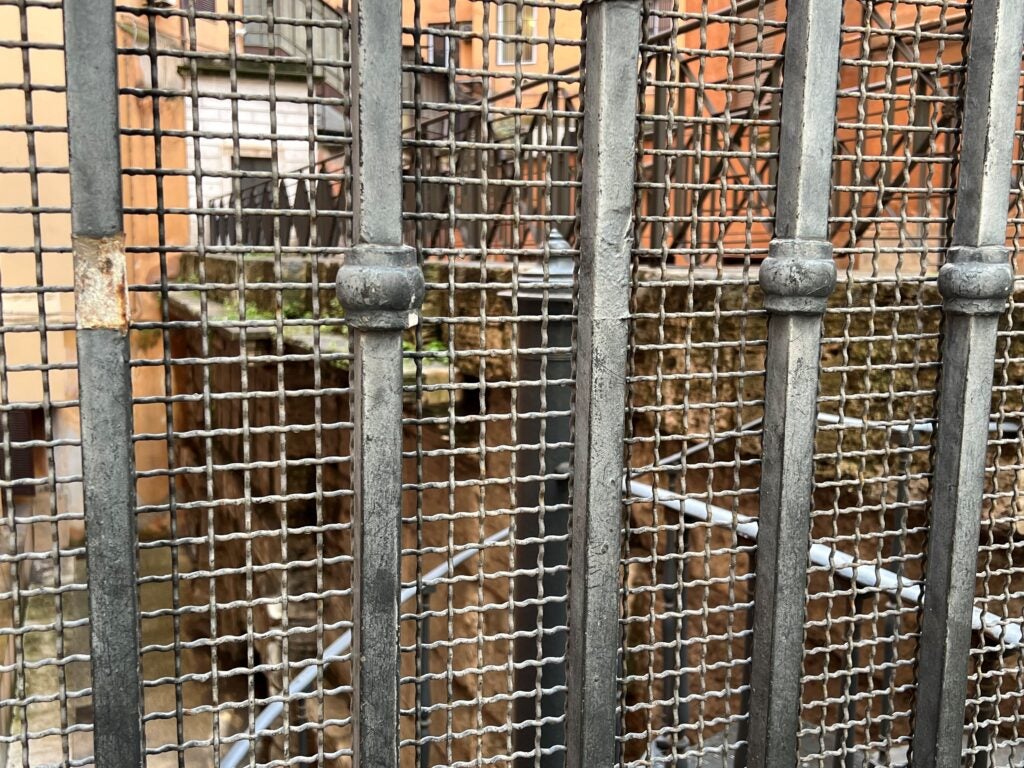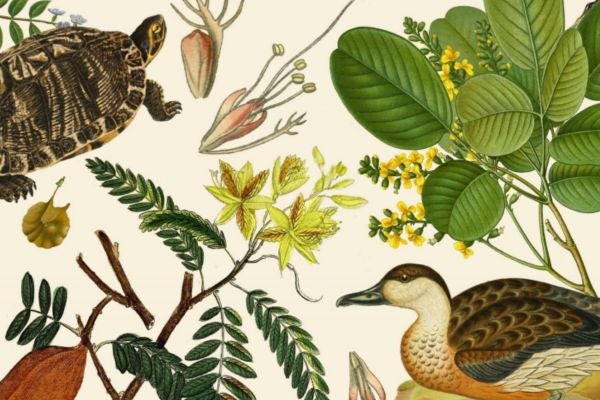In Conversation with Dr Dhiraj Kumar Mohan Nainani
Dr Dhiraj Nainani has recently joined us as a Postdoctoral Research Fellow in the Asian Urbanisms Cluster (Asia Research Institute, National University of Singapore).
In this Q&A, we sit down with Dhiraj to ask how he arrived at his research, his thoughts on legal geography, and his interests outside of academia.
Can you tell us a little about yourself, what your research here at ARI is about, and how you arrived at where you are?
I grew up in Hong Kong, so I have always been fascinated by the rhythms and dynamism of urban life in Asia. At the same time, my undergraduate and master’s degrees were in law, which I loved for its philosophical questions on how society ought to be governed. When it came time to do my PhD in 2016, and I was exposed to the field of ‘legal geography’—or the study of law and space—I knew I had found my disciplinary home.
Being a legal geographer at ARI, my work aims to further develop my doctoral and initial postdoctoral work on the relationship between law and urban space in Asia. This means looking at (for example) what it means to have an ‘Asian’ understanding of legal geography, explore how the state uses the law to produce urban spaces in Singapore, conceptualise ‘sanctuary urbanism’ as it relates to asylum-seekers in Hong Kong, and delve into the spatio-legal aspects of international law (such as Japan’s possibly illegal release of radioactive wastewater from Fukushima into the sea).
Your dissertation was on the notorious Chungking Mansions in Tsim Sha Tsui, home to a sizable ethnic mosaic living in the heart of Hong Kong. How did you come to focus on this space and has studying the subaltern changed your understanding of the relationship between law, space, and power?
I was drawn to Chungking Mansions for both personal and academic reasons. Like many other South Asian Hongkongers, I had a personal connection to the space: my father had started working there when he first moved to Hong Kong in the early 1980s. At the same time, what fascinated me about it was its continued endurance as a distinctly ‘other’ space in the very centre of Hong Kong. Chungking Mansions is a place of work and home to not only many of the city’s ethnic minority South Asian population (which make up just over 1 per cent of Hong Kong’s entire population), but has also been a vital hub for traders from the African subcontinent, as well as a place of community for the city’s asylum-seekers. Being over 60 years old, the building complex has a very rich history as well, and has undergone many changes over the years.

It was these entanglements between law, space, and power—be it through relationships between different communities or with the state—that made me drawn to its subalternity, or otherness. Consequently, my biggest takeaway from having studied this subaltern space over the years is how regulation and surveillance cannot be simply distilled to a unilateral exercise of power that flows downwards from the state. Instead, the reproduction of regulation and surveillance can not only be used to resist state governance but even be used within and between communities, and be utilised in ways that can stratify race, gender, and socioeconomic status.
Living in Singapore, in what ways do you think it differs from Hong Kong in terms of assemblages and how we relate to the city and law? And are there any local spaces that pique your interest?
Singapore is a fascinating place to study urban space and the law, and in certain ways very different to how Hong Kong constructs its spatio-legal urban assemblages. For example, conservation plays a more visible role here, as is evidenced by the abundance of shop-houses and the continued maintenance of the ‘five-foot way’. Equally intriguing to me is how green spaces are densely integrated into the city’s urban fabric, but are made highly accessible through regular maintenance, concrete pathways, and an abundance of signage. There is a lot of discreet legality in these spaces, if one cares to look!

In terms of local spaces, I am highly interested in Mustafa Centre. It is a space unlike any other, and I am sure at some point my curiosity will reach a fever pitch and I will be compelled to explore it and write about it. I am also very interested in Singapore’s street art murals, such as in Chinatown and Little India. Finally, I really wish to explore the legal history and materiality of the city’s ‘famous’ green spaces, such as the Botanic Gardens and Gardens by the Bay. To me, they are highly compelling sites of multi-species encounters, and how the law tries to order them.
Do you now consciously or unconsciously seek the dark underbellies of cities/spaces in your travels? And what advice would you give to researchers attempting to conduct spatio-legal fieldwork?
I have to confess that I tend to be a cautious traveller, and because the dark underbellies of cities can really vary from city to city, I normally stick to the brighter spots when I’m abroad! But I always try to stop and linger at whatever fascinates me. In a recent trip to Rome, for example, I was amazed at how ancient aqueducts are still being used to transport the city’s water. You can still see some of the ruins in the heart of the city, although they are barricaded and fenced.

I think that sense of curiosity is what I would offer by way of advice to anyone conducting spatio-legal fieldwork. Don’t be fixed from the outset on how the law and urban space connect. Just go in with an open mind, explore, and see what jumps out. The connections will fall into place over time. But if you use that sense of excitement and adventure to guide you, you will enjoy the work. I have had colleagues conduct ethnographic work on refugee trials in Cape Town, South Asian garment workers in Saudi Arabia, and housing association disputes in rural New York—and they all loved what they did.
What do you think the prospects are for legal geography in Asia? And what aspects are you most optimistic/enthusiastic about?
I think the field of legal geography in general is in rude health. It had its first ever conference recently and had to expand its initial size because of the sheer number of submissions it received. I’m also in a working group to formalise an association for it, and other working groups are figuring out how to hold regular conferences, or start a journal, and so on. Therefore, I think it is a burgeoning field, and one that is thankfully not concerned with disciplinary backgrounds. If you are interested in the connection between law and space, you are welcome to call yourself a legal geographer.
What I am optimistic and enthusiastic about is bringing Asia into this conversation, which has historically been underrepresented in the legal geography ‘canon’. There has been a lot of great work on legal geography in Asia in recent years, but it has been somewhat regionally siloed, so scholars are working on Central Asia, South Asia, East Asia, Southeast Asia, and even Asia-Pacific but are not necessarily speaking to one another. I hope to use my time at ARI to really position it as a hub for Asian legal geography, through both knowledge exchange and knowledge production.
Finally, outside of your research, what hobbies or interests do you pursue to unwind and recharge?
I love to cook. Both my wife and I grew up in Hong Kong, so we love Chinese food, especially Cantonese and Sichuanese food. I love making the dishes we grew up eating, such as mapo tofu, dan dan mian, kung pao tofu, or dry fried green beans. But we are both foodies, so I enjoy cooking different cuisines as well.
I also love creative writing and photography, although both have been on the back-burner for a while now. I think I was drawn to ethnographic fieldwork precisely because it offered an academic outlet for expressing these creative elements. I was amazed that a doctoral thesis could also contain stories and photographs within it. Although I love my current work, my aim is to one day become a full-time writer… but maybe also teach writing at a university too, because I really enjoy the academic life!
The views expressed in this forum are those of the individual authors and do not represent the views of the Asia Research Institute, National University of Singapore, or the institutions to which the authors are attached.
Dhiraj Kumar Mohan Nainani completed his LLB and LLM at the London School of Economics and Political Science before earning his doctorate in law at the University of Hong Kong, where he was a Postgraduate Scholarship recipient and nominee for the Li Ka Shing Prize and Outstanding Research Postgraduate Student award. As a legal geographer, his current research focuses on examining and reframing the relationship between the law and the Asian city. He is also interested in the spatio-legality of (bio)surveillance and disease.









